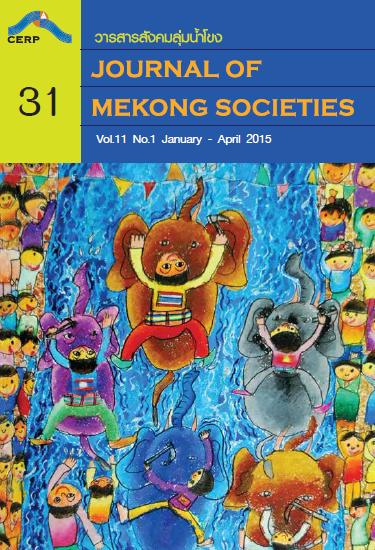On the “7-Elevenization” of Buddhist Murals in Thailand: Preventing Further Loss of Local Cultural Heritage in Isan
Main Article Content
Abstract
Thailand’s local cultural heritage includes early 20th century Buddhist murals painted on ordination halls (sim) in Isan, including a specific group in Khon Kaen, Maha Sarakham, and Roi Et that shares certain distinct features. Each set of murals is unique in composition, narrative imagination, and artistic ability. Murals like this ceased being painted after 1957, however, when notions of nation building and “Thainess” superseded the value of indigenous cultures and their expression in art and literature. The ordination halls built since then are generally based on generic designs of the Department of Religious Affairs in Bangkok. Moreover, murals are now painted on assembly halls (ho jaek) rather than ordination halls and reflect a central Thai aesthetic based on the posters produced and sold by the So. Thammaphakdi Company in Bangkok. The condition of the old murals that remain varies greatly, with the best example of preservation being at Wat Chaisi in Khon Kaen province. The temple is actively used for festivals and educational activities by the village community, university professors, students, and Khon Kaen municipality. This paper recommends that the remaining murals be preserved by forming a consortium of abbots, wat communities, and academics at universities in Isan where murals are located, with Wat Chaisi serving as a model.


